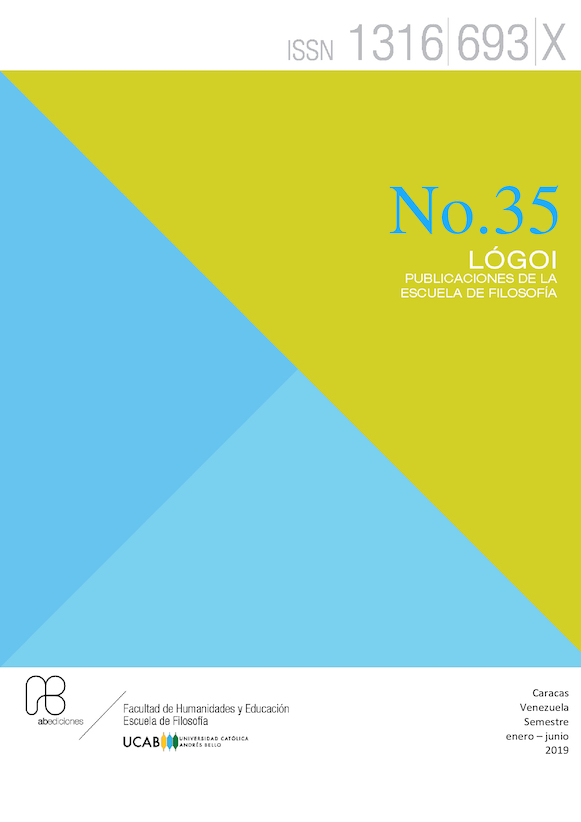When the Subaltern Builds: Freddy Mamaniand the Rise of the Bolivian Cholo Power
DOI:
https://doi.org/10.62876/lr.vi35.4114Keywords:
Freddy Mamani, Cholets, Neo Andean Architecture,, Third Space, Postulate of AbundanceAbstract
This article analyzes a new form of architecture, the choletcreated by Freddy Mamani, that has revolutionized the Bolivian city of El Alto. These buildings are eclectic, exuberant, and colorful, designed in a Neo-Andean style that defies the canon of western aesthetics. Aymara nouveaux richescommission these buildings, which serve as a source of income, express their religious beliefs, and provide them with greater social recognition. I propose that the choletis a manifestation of the “Postulate of Abundance,” a concept founded by Jeffrey Himpele and elaborated by Nico Tassi, which states that the ostentatious display of material goods and wealth attract the spirits to multiply the richness of these offerings. As a theoretical framework, Homi Bhabha’s notions of Third Space and cultural hybridity are used to propose that Evo Morales’ policies facilitated the opening of a liminal zone. In this area, powerful and rich aymara merchants claim a prestigiousposition in Bolivian society and negotiate a new identity, the one of a new cholo, those embodying cholo power.
Downloads
References
Albro, Robert: “Indigenous Politics in Bolivia’s Evo Era: Clientelism, Llunkerío, and the Problem of Stigma”. p. 283. (Urban Anthropology and Studies of Cultural Systems and World Economic Development, Vol. 36, No. 3, 2007).
Andreoli, Elisabetta y D’Andrea, Ligia: La arquitectura de Freddy Mamani Silvestre, (La Paz, Artes Gráficas Sagitario, 2014).
Arroyo, Lorena: “Freddy Mamani, el arquitecto que está llenando Bolivia de locos edificios de lujo”, Univisión Noticias/ América Latina, 10 de diciembre, 2016 https://www.univision.com/noticias/america-latina/freddy-mamani-el-arquitecto-que-esta-llenando-bolivia-de-locos-edificios-de-lujo
Bengoa, José: “¿Una segunda etapa de la emergencia indígena en América Latina?”.p. 8. (Cuadernos de Antropología Social. Vol. 29, 2009).
Bhabha, Homi: “Signs Taken for Wonders: Questions of Ambivalence and Authority under a Tree Outside Delhi, May 1817”. p. 144. (Critical Inquiry Vol. 12, 1985).
Bhabha, Homi: The Location of Culture, (New York, Routledge, 1994).
Blair, Laurence: “Ciudad Rebelde”, Disegno. (The Quarterly Journal of Design, 29 de junio 2018).
García Linera, Álvaro: La potencia plebeya. Acción colectiva e identidades indígenas, obreras y populares en Bolivia, (Bogotá: Siglo del hombre editores y Clacso, 2009).
Himpele, Jeffrey: “The Gran Poder Parade and the Social Movement of the Aymara Middle Class: A Video Essay”.pp. 237, 238. (Visual Anthropology, Vol. 16, 2003).
Juárez, Ivone: “Cholets, la arquitectura rebelde de El Alto”.Página Siete, 2 de abril de 2014.http://www.paginasiete.bo/revmiradas/2014/4/6/cholets-arquitectura-rebelde-alto-17866.html
Niemand, Isaac: Cholet. The Work of Freddy Mamani. (Screen Film Productions. 2016).
Poupeau, Franc: “El Alto: una ficción política”.p. 445. (Bulletin de l'Institut français d'études andines, Vol. 39, No. 2, 2010). Publicado el 01 febrero 2011, consultado el 26 setiembre 2018. URL: http://journals.openedition.org/bifea/2063
Sanabria, Harry: The Coca Boom and Rural Social Change in Bolivia, Ann Arbor, (The University of Michigan Press, 1993).
Sánchez Patzy, Mauricio: “Aproximaciones a la estética chola. La cultura de la warawaen Bolivia, a principios del siglo XXI”.p. 8, (Estudios Sociales del Noa, Vol.13, 2004).
Sanjinés, Javier:“El discurso sobre lo autóctono: Franz Tamayo y la consrucción de la nación,” en: Tenemos pechos de bronce... pero no sabemos nada, (La Paz, Plural editores, 2003).
Schavelzon, Salvador: “Mutaciones de la identificación indígena durante el debate del censo 2012 en Bolivia: mestizaje abandonado, indigeneidad estatal y proliferación minoritaria”.p. 329. (Journal of Iberian and Latin American Research,Vol. 20, No. 3, 2014).
Soruco Sologuren, Ximena: “La ininteligibilidad de lo cholo en Bolivia”. (Tinkazos, Vol. 9, No. 21, 2006).
Tamayo, Franz: “Creación de la Pedagogía Nacional”,en: El Debate sobre la Pedagogía Nacional de 1910, (La Paz, Instituto de Investigaciones Pedagógicas Plurinacionales, 2014).
Tassi, Nico: “Dancing the Image: Materiality and Spirituality in Andean Religious Images”. p. 304. (The Journal of the Royal Anthropological Institute, Vol. 8, No. 2, 2012).
Tassi, Nico: “The Postulate of Abundance”. p 191. (Social Anthropology, Vol. 18, No. 2, 2010).
Tassi, Nico: “Things We Grow With. Spirits, Matter and Bodies in La Paz, Bolivia”, en Diana Espirito Santo y Nico Tassi (eds.): Making Spirits: Materiality and Transcendence. (New York, Palgrave Macmillan, 2013).
Vargas Benavente, Raphael: “Del cholo de mierda al cholo power: Discriminación, prototipos y cambio semántico en el español del Perú”. (Disertación, Universidad de Montreal, 2016).
Vizuete, Pelayo: Diccionario Enciclopédico Hispano-Americano de Literatura, Ciencias y Artes. Apéndice Segundo, (Barcelona, Montaner y Simón Editores, 1907).
Published
How to Cite
Issue
Section
License
Copyright (c) 2023 Array

This work is licensed under a Creative Commons Attribution-NonCommercial-ShareAlike 4.0 International License.










.png)











